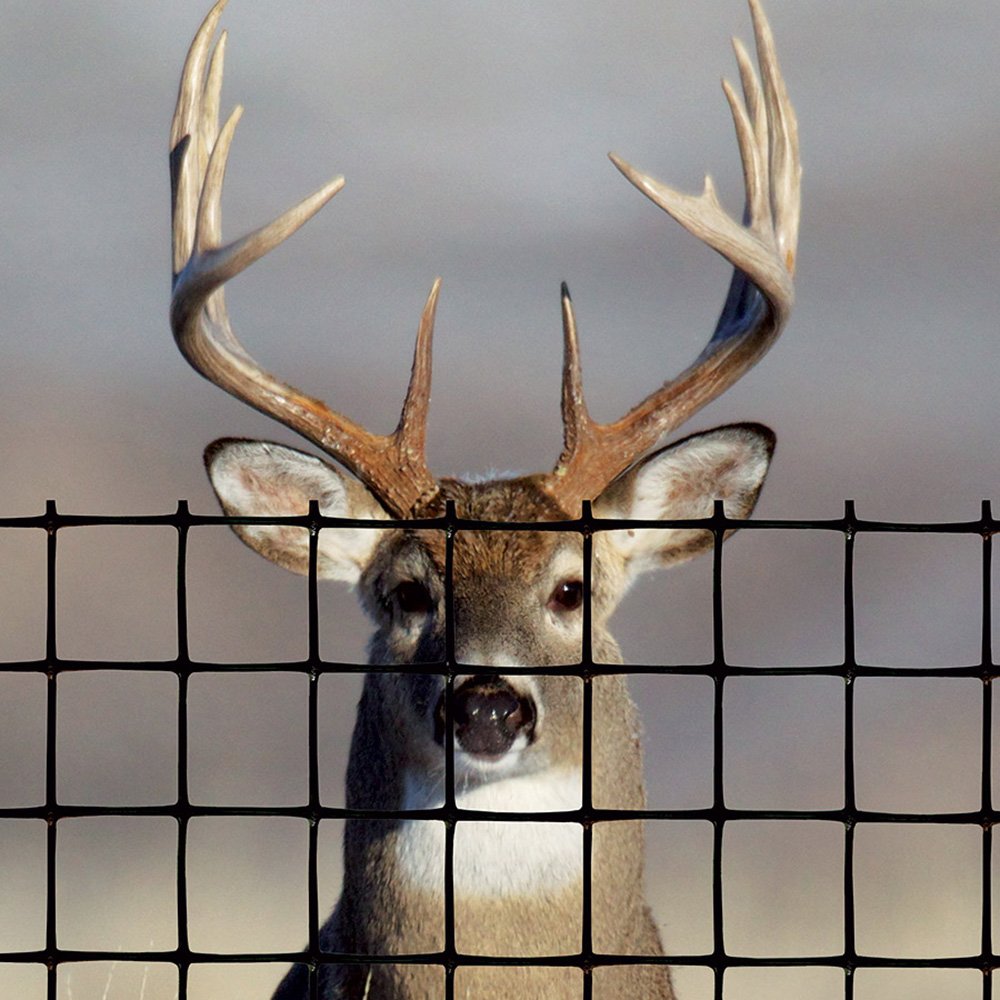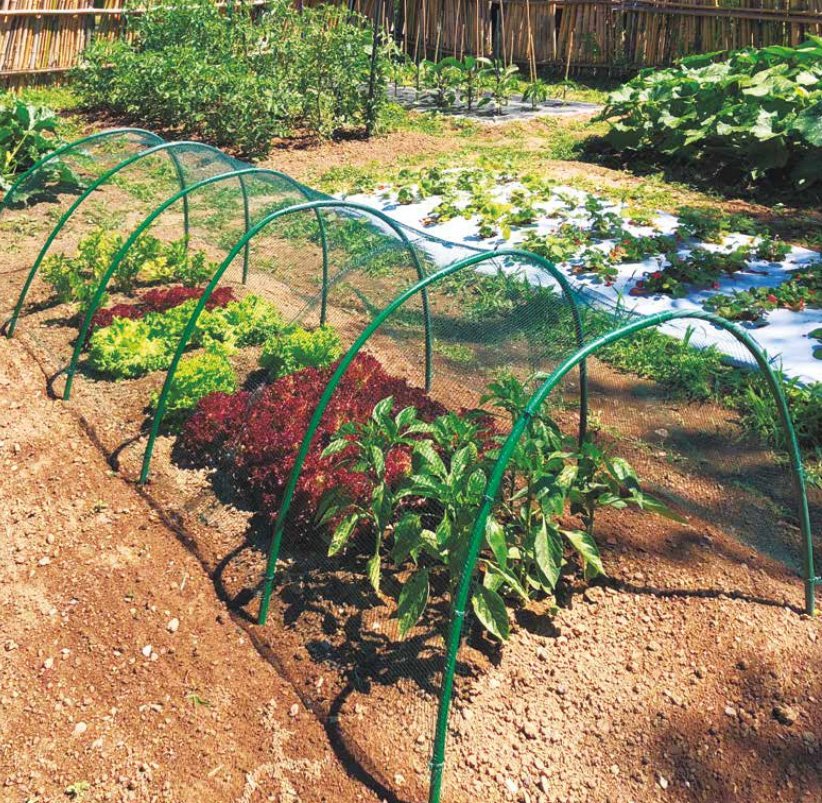How Long Does it Take to Install Netting?
Depending on what the type of Tenax fence mesh you're using, you can set up as quickly as an hour or take a little longer. The kind of mesh you select will impact the duration of the project, whether you're constructing a garden enclosure, securing pets, demarcating a construction site, or safeguarding turf. Taller or tensioned fencing for deer or livestock may take several hours to set up as there are multiple steps involved and may require some light digging, whereas lighter rolls for gardens or temporary barriers can be completed in less than an hour. The setup time can be affected by the location of the posts, the state of the ground, and whether or not you use buried edging or a gate. Here are a few typical mesh fencing project types, along with approximate completion dates and easy-to-follow instructions to help you organize your next project effectively!

Garden Bed Netting
Garden bed netting keeps flowers, vegetables, and other delicate plants safe without blocking sunlight or air flow with the fine mesh also keeping rabbits, birds, and other small animals from getting in the way of growth while also keeping the area clean and neat. The UV-resistant material keeps the mesh strong and flexible even when it's in the sun all the time. Rolls are easy to store and handle when not in use. This makes it a good long-term choice for homeowners who want to protect small garden areas from the weather year after year.
Shop Garden & Home Fencing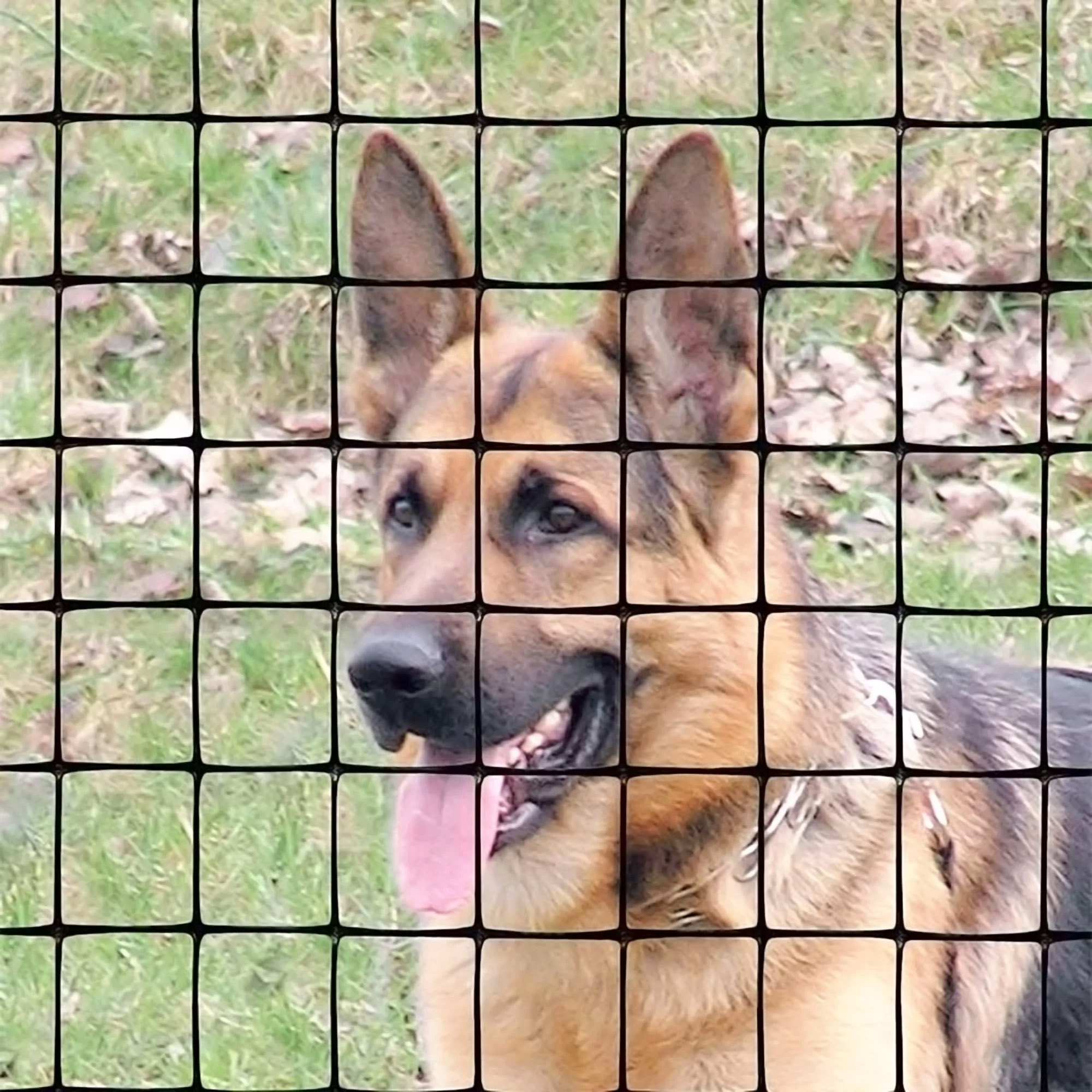
Fencing for Pets or Small Livestock
This fencing is a good choice for keeping dogs, chickens, or other small animals safe because it is built to last. The mesh is both strong and flexible, so it can fit different property layouts and hold up to repeated use. The fencing comes in natural colors like black and green, which helps it blend in with outdoor settings and not stand out too much. We also offer types that have reinforced ribs that add extra support at key points which helps the barrier keep its shape around corners and in areas that get a lot of use.
Shop Farm & Ranch Fencing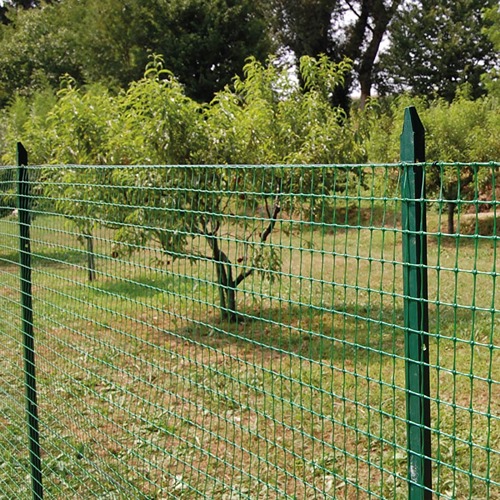
Perimeter Fencing for Larger Property Areas
Perimeter mesh fencing is a great way to mark the edges of your property, your pasture, or a larger area of your yard as the mesh is designed to be both strong and flexible, so it can make a clear barrier while still being easy to move and handle. The fencing comes in dark colors that blend in with rural or residential settings which makes it looks simple, but it works well. Plus, its tough polymer design makes it resistant to wear and tear, so you can count on it for ongoing property management and boundary control.
Shop Property Fencing Options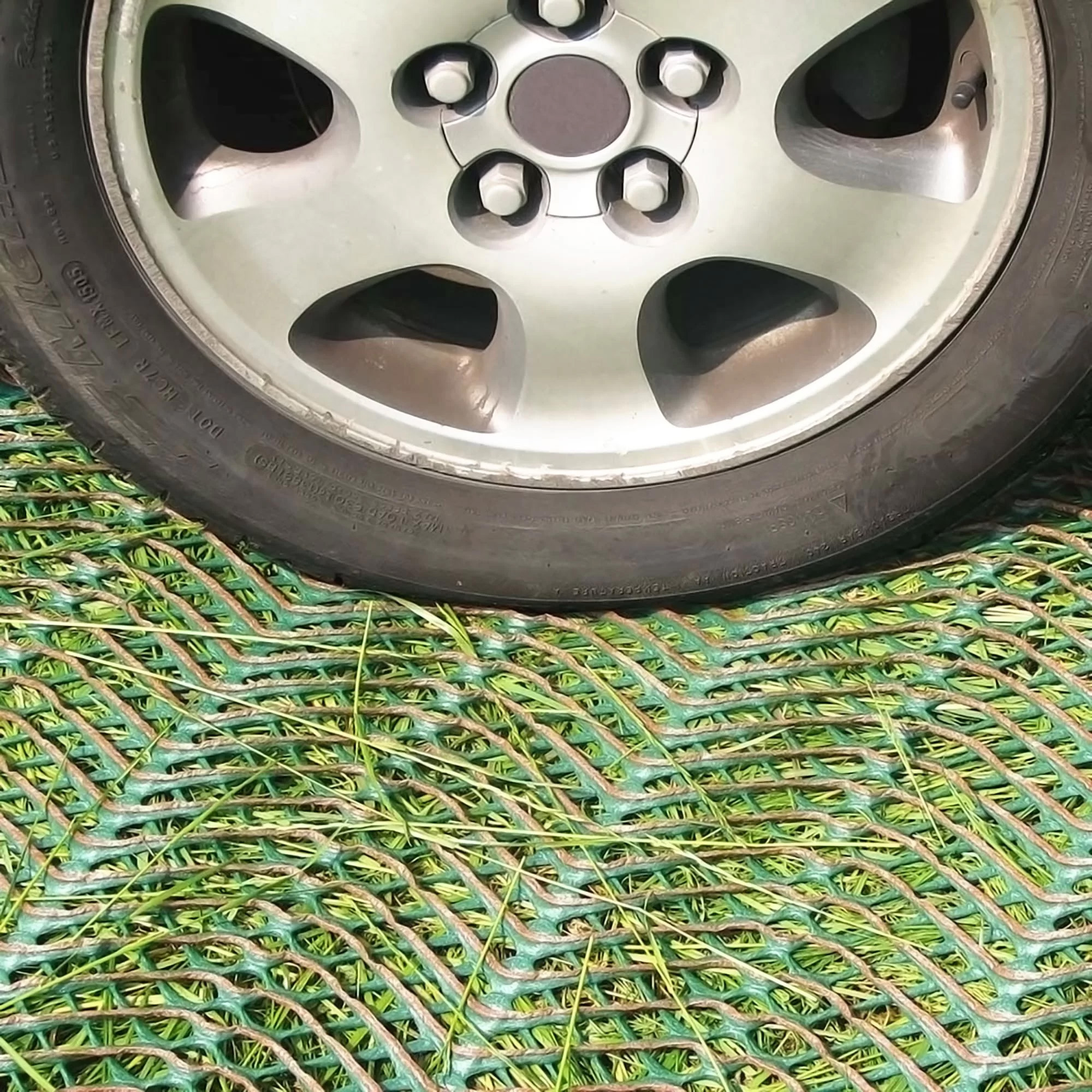
Turf Safe Mesh for Ground Protection
Turf protection mesh is meant to keep lawns, sports fields, and landscaped areas safe from damage caused by people walking on them or using light equipment. The open grid lets grass keep growing while spreading pressure over a bigger area to keep it from getting too compacted since mesh is light but strong, so it works well even after being used many times. It can be use on for both temporary and permanent ground protection needs and is great for protecting delicate green spaces in busy areas because it fits with natural surfaces and stays strong.
Shop Turf Protection Mesh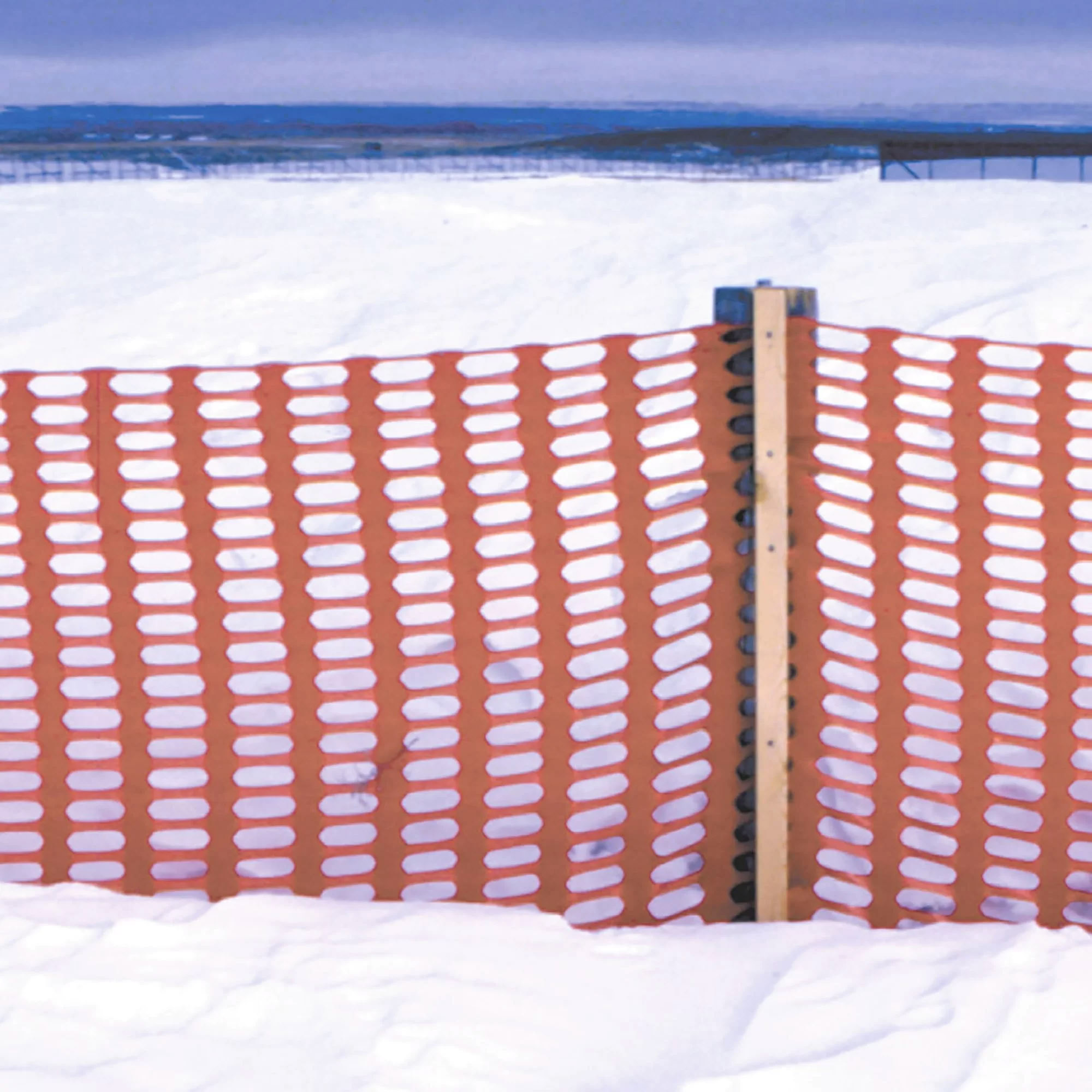
Bright Barrier for Jobsites or Snow Control
High-visibility barrier mesh is a dependable way to mark off construction sites, direct crowds, or keep snow from blowing around in open areas since the bright orange color makes it easy to see the boundaries from a distance, lowering the risk of accidents and tells workers and visitors to be careful. The fencing is strong and keeps its shape even after being used many times, and it doesn't get brittle and because it is light, it is easy to move around as needed, which makes it flexible enough to adapt to changing sites and safety needs.
Shop Snow & Safety FenceTenax Fence Comparison Chart
| Garden & Vegetable Plots | Yard Perimeter for Pets | Deer Exclusion Zones | Temporary Event or Worksite Areas | Poultry & Small Livestock Runs | Property Boundary Marking | |
| Typical Size | 10×10 ft to 30×50 ft | 50 to 200 linear ft | 100 to 300 linear ft, 7 to 8 ft tall | 25 to 200 ft | 10×20 ft to small pasture sections | 100 to 300 ft |
| Popular Type | Tenax Garden Fence, 3 to 4 ft tall | Tenax Pet Fence, 4 to 5 ft tall, UV treated black mesh | Tenax C Flex or Pro Deer Fence kits | Tenax Safety or Barrier Fence, bright orange | Tenax Poultry Fence or Ranch Mesh | Tenax Garden Fence or Ranch Mesh, green or black |
| Install Time | 1 to 3 hours | 3 to 6 hours | 4 to 8 hours | 30 minutes to 2 hours | 2 to 4 hours | 3 to 5 hours |
| Recommended Use | Shield gardens from rabbits, groundhogs, and small animals while letting in sun and airflow | Contain dogs or cats safely without the cost or weight of wood or metal fencing | Protect larger gardens, orchards, or landscaping areas from deer browsing | Provide a quick and highly visible boundary for construction sites or public events | Enclose chickens, ducks, or goats with a flexible yet durable mesh solution | Mark property lines with a non-permanent boundary that blends into landscaping |
| Extra Tip | Pre mark corners and post spots to cut install time in half | Add a top tension wire for larger dogs, adds about 30 minutes | Use 8 ft posts set 2 ft deep for stability | Use reusable post sleeves for events to avoid pounding posts each time | Add a buried skirt mesh to deter digging predators, adds about 45 minutes | Choose green mesh for a natural look that blends with landscaping |
Brochures & Specifications
How to Install Tenax Fencing
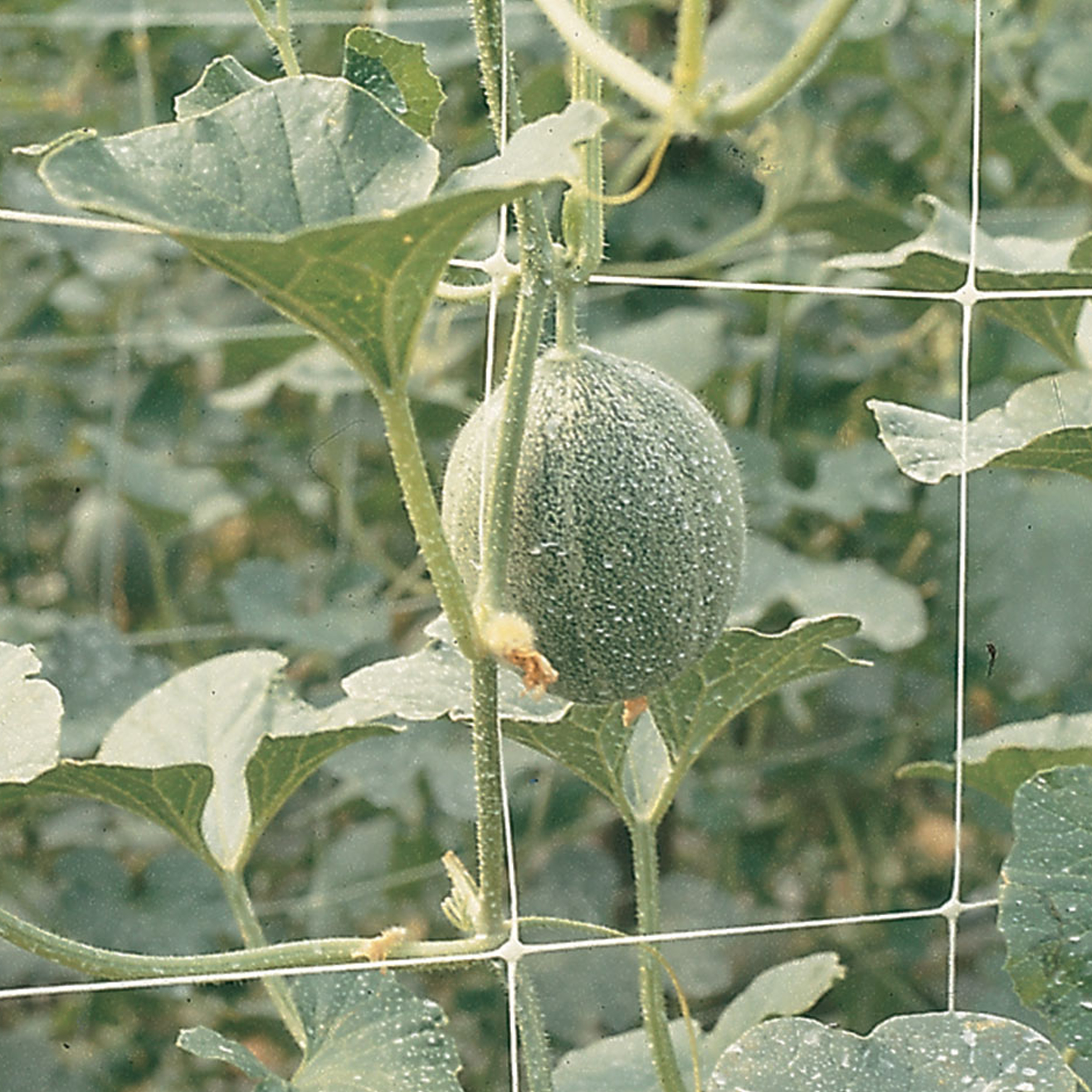
Lightweight Mesh Install Guide
Use this method for Garden fencing, Pet enclosures, Poultry runs, Temporary barriers, and Property boundary marking:
- Lay out the boundary and mark post locations at corners and straight runs.
- Set lightweight posts (such as garden stakes or T-posts) at regular spacing.
- Unroll the mesh along the line and secure it to posts with zip ties or clips.
- Check alignment and trim excess mesh for a clean, even finish.
- Add extra fasteners at corners, gates, or high-use areas for stability.
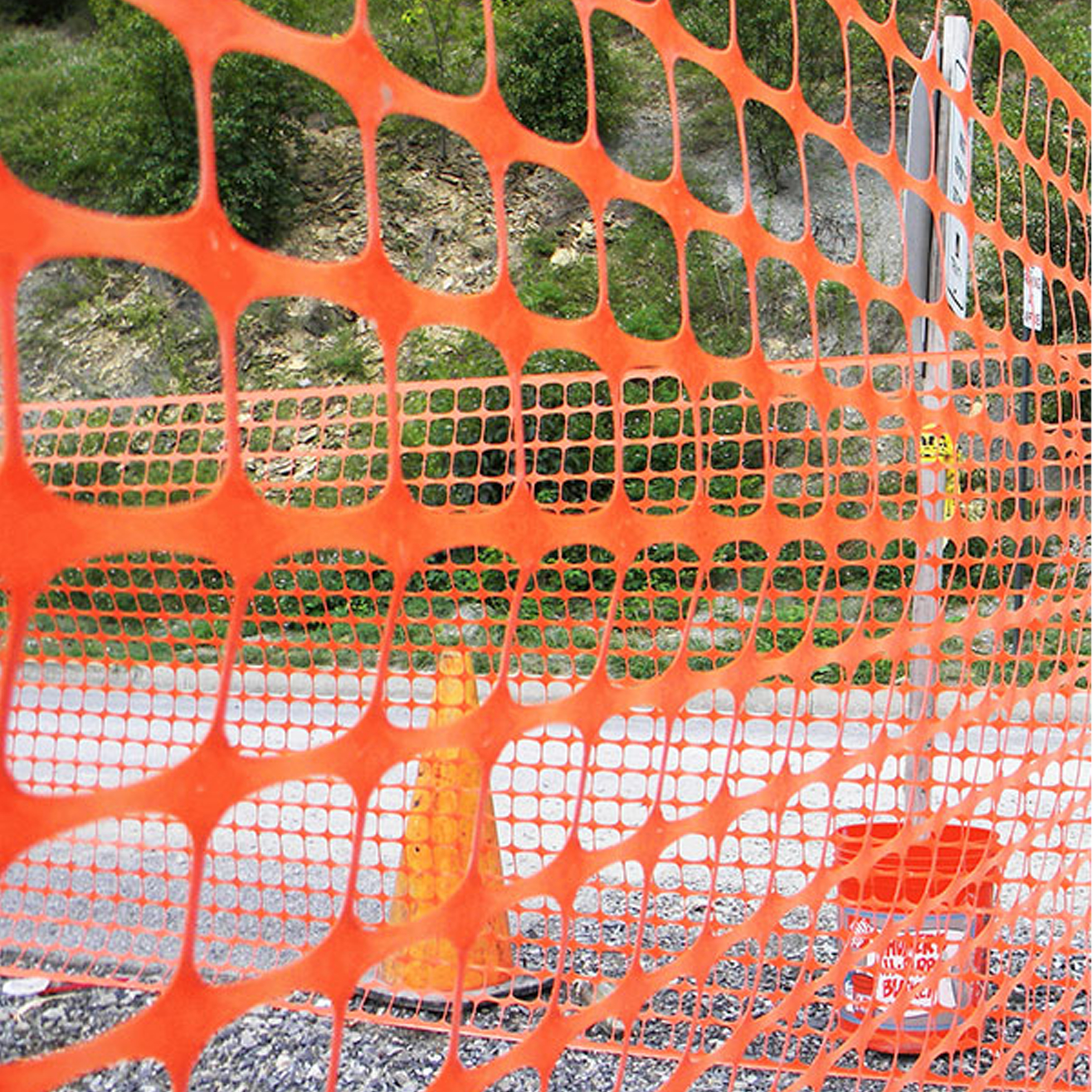
Heavy-Duty Tall Mesh Install Guide
Use this method for Deer fencing. Safety fencing, Snow fencing and other tall, high-strength perimeter barriers:
- Mark the area to be enclosed and position posts at corners and along straight lines.
- Set tall posts at least 2 ft deep for stability, especially at gates and corners.
- Hang the 7 to 8 ft mesh along the posts and secure with heavy-duty ties or clips.
- Add a tension wire along the top (and bottom if needed) for added rigidity.
- Ensure the bottom edge is close to grade to prevent animals from passing underneath.
Shop Installation Accessories
Contact Us
Whether you're protecting a backyard garden, keeping pets safely enclosed, or managing a construction site, choosing the right mesh fencing can save you time and effort. The type of fence you select will determine how long setup takes. Lighter rolls for small spaces often take just a couple of hours, while taller or tensioned fencing may require more planning and support. Each type serves a specific purpose, from keeping out deer to securing poultry or marking property lines. If you're not sure which product fits your project, we're here to help. Reach out to us today and let our fencing specialists guide you to the best solution for your needs.
Contact Us
